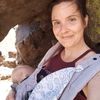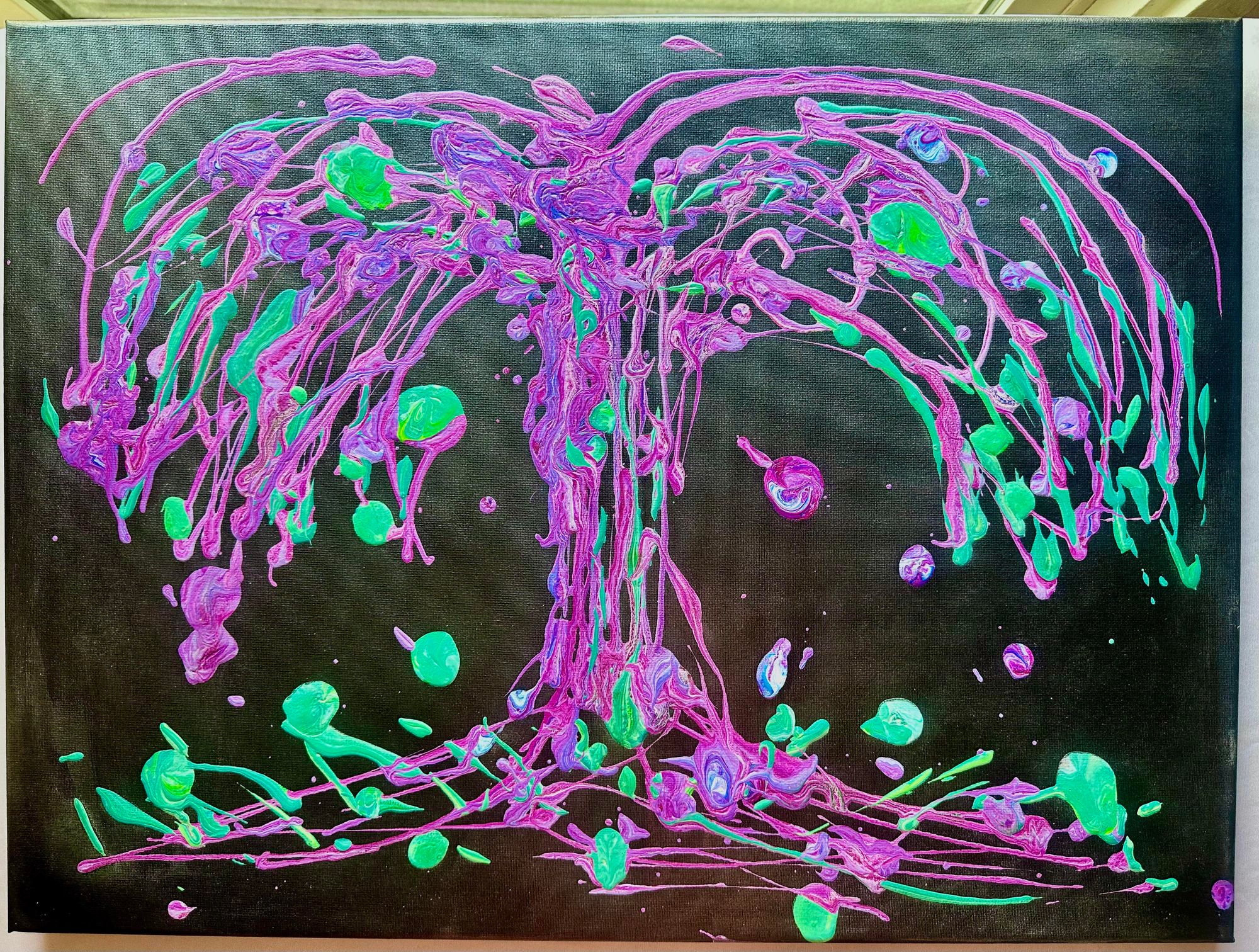Family Tree / Nancy Peterson
“I want a fucking ramp. I want elevators. I want wide doorways […] I don’t want to ask permission. I don’t want to be grateful for every reasonable adjustment.” Ciara O’Connor, a wheelchair user who visited Tate Modern, is appalled at the lack of access to view the Olafur Eliasson exhibition. Her experience and outrage has been echoed by many individuals who regularly experience barriers to access due to poor planning, which lacks consideration for those with disabilities. Local artist Jaime Torres says, “I have gone to exhibits and galleries where accessibility was an issue due to the old building. My mission in life is to make the world more accessible so that we can partake more in events, and life in general.”
Moving toward greater accessibility means awareness that we cannot possibly know each individual person’s specific needs for access, and we have to practice being more comfortable in conversations about bodies and disabilities. Art is a particularly powerful place to have these conversations, and can provide a platform for education, connection, and awareness of the differences found in our community. Unfortunately, the arts scene frequently demonstrates an absolute lack of visibility and representation.
Jo Verrent, senior producer at Unlimited, a commissioning program for disabled artists and companies, states, “Personally, I think the visual arts is behind other art forms in relation to both access and the representation of disabled artists.”* Associate Editor of Art in America Emily Watlington adds, “Many disabled people were raised with the idea that it is shameful to identify as disabled, and so were encouraged to hide their differences.” This, along with societal biases, contribute to the lack of narratives shared from the point of view of persons with disabilities found in the art world. Torres states, “I've been involved in the art scene for over 25 years now, and in all that time, I've only seen one disabled artist.”
Everyone can be a part of creating change by supporting artists of all abilities through sharing, purchasing and promoting their work, asking questions about access, and demanding changes when you see a lack of accommodations in public spaces.
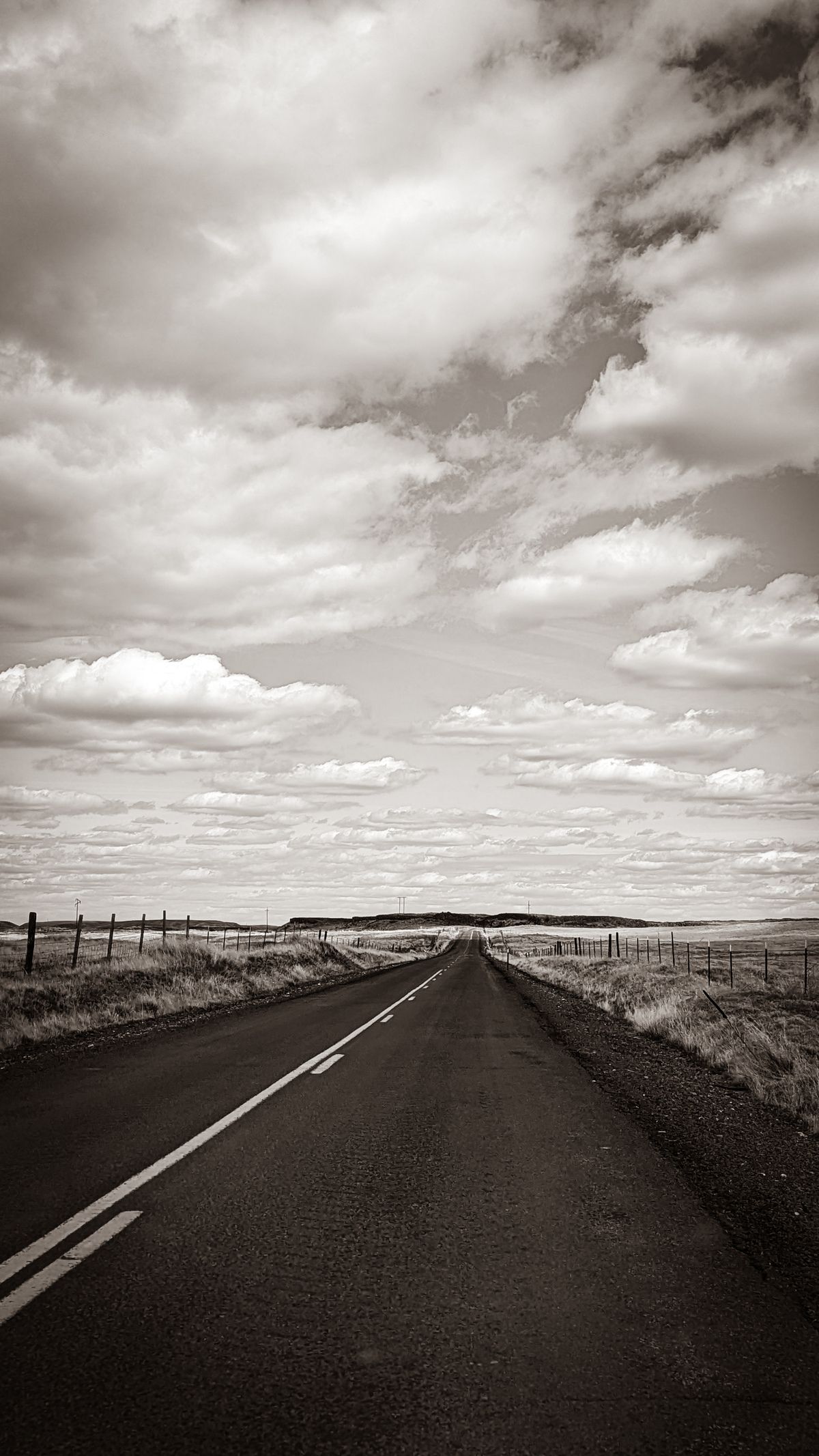
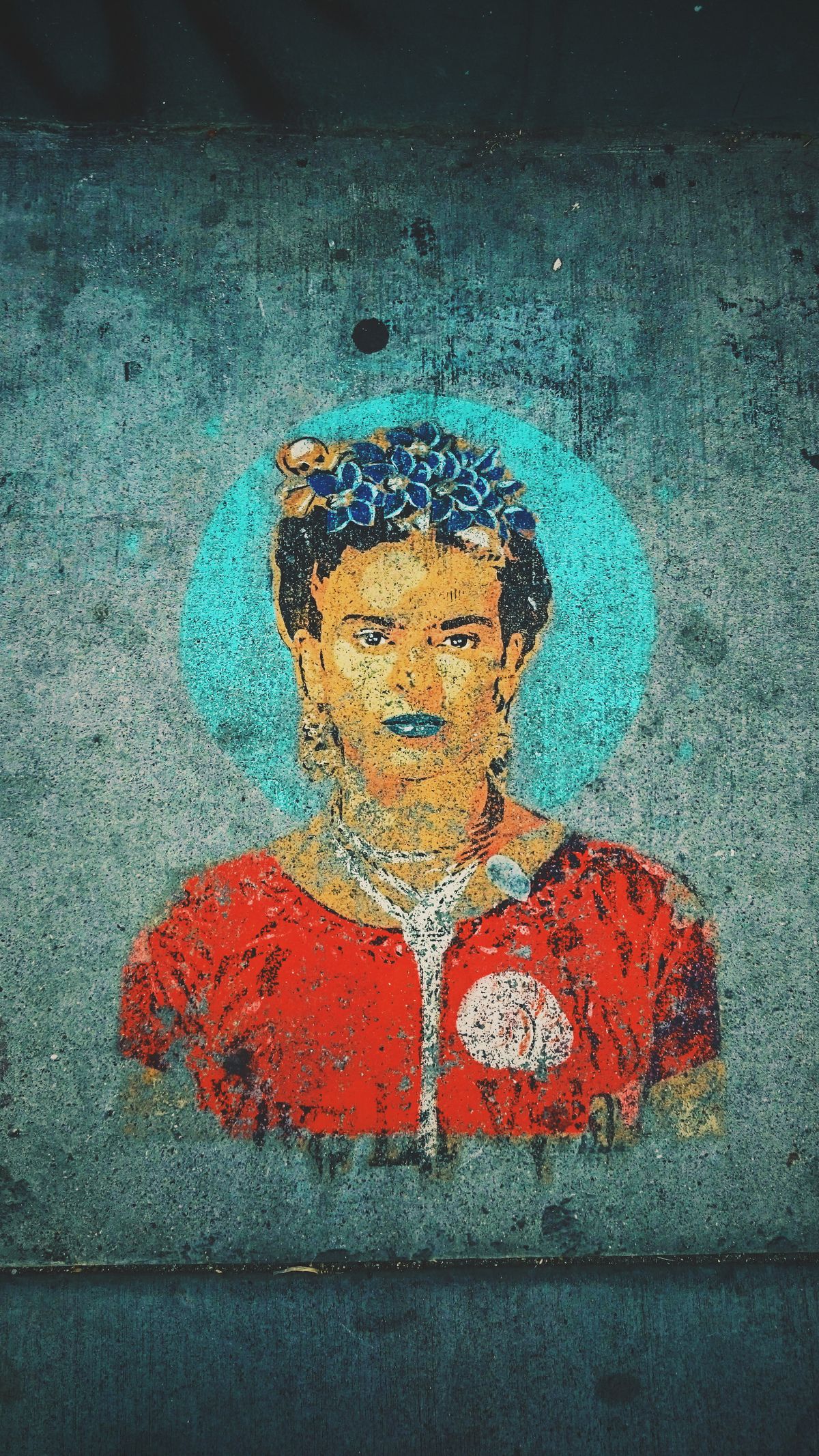
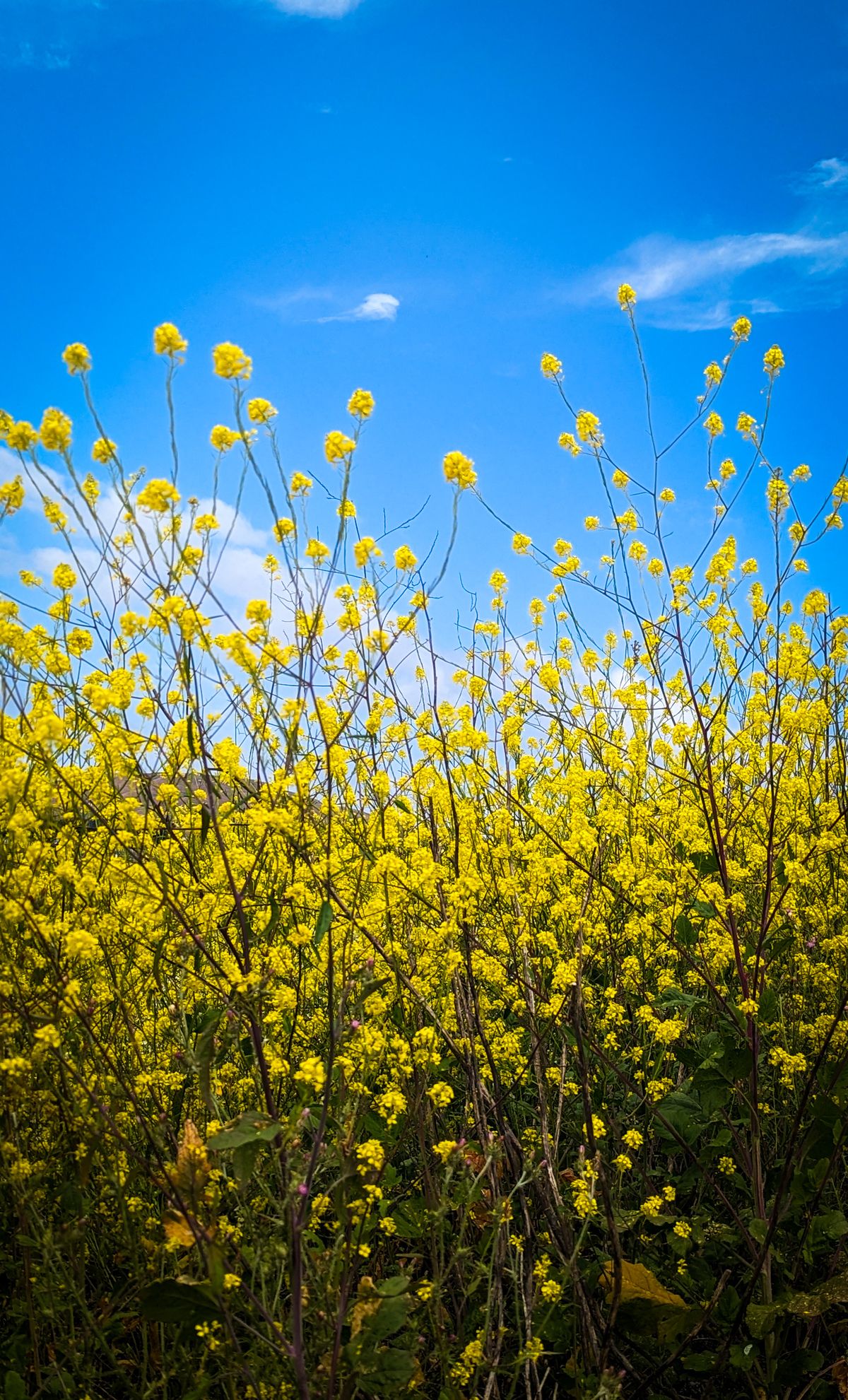
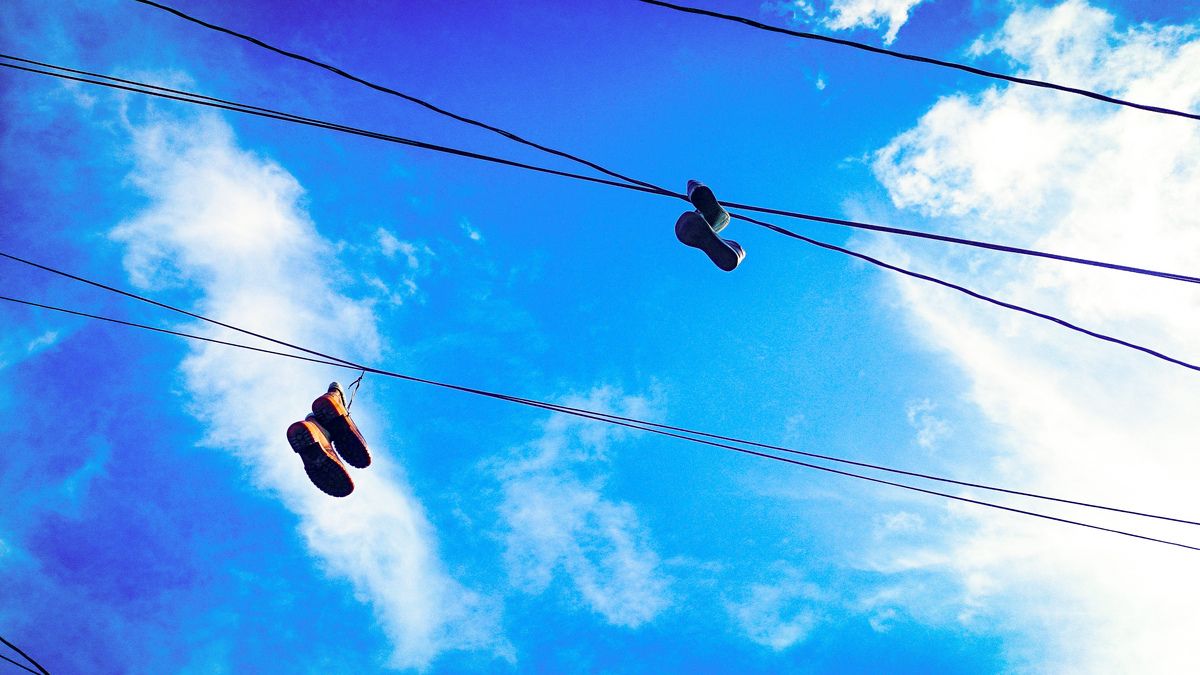
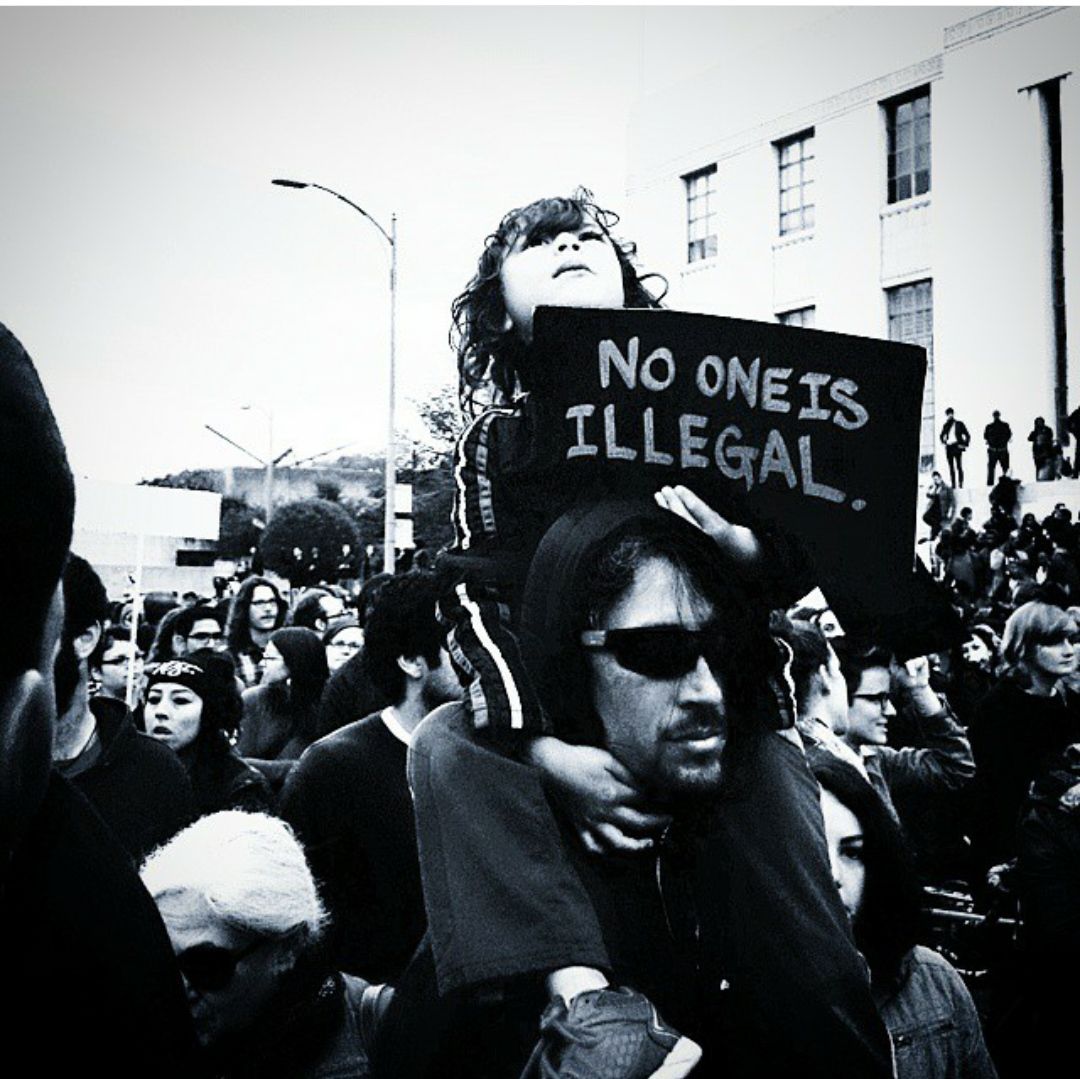
Jaime Torres
Jaime Torres is a content creator for Brown, Bearded, and Disabled and founder of Tri-Cities Justice Alliance. He has moved from organizing rallies and protests to curating progressive and leftist content across several social media platforms.
“Music and art in general are my lifeline,” says Jaime. “I love capturing real life moments and playing great tunes with people.”
Can you tell me a little bit about your art practice and your story?
I have been in love with art since I was ten years old. My parents bought me a drawing kit from Costco when I was a little kid. In high school, I fell in love with photography, as I was always curious about capturing moments.
Years passed by and I was able to hone in my skill and have my first art exhibit in Oakland, California in 2014. My style is candid — I like capturing real moments as opposed to a staged photo. I also make it a point to shoot only on camera phones so that people from marginalized communities can still feel like they are able to go out and take pictures. It's all about lighting and honing your skill. Every eye is unique.
I refer to myself as an artist as opposed to a photographer. I use photography as a medium for my art. I like capturing real life moments. Moments you cannot stage or fake.
How does your experience as a person living with a disability inform your practice?
I became disabled in 2015 and had to adapt and relearn how to use a camera. It’s only recently that I have started taking pictures again and finding inspiration in remembering something I used to love.
Can you talk a bit about representation and art?
I feel representation is very important. Especially in such a diverse part of Washington state. There are several talented individuals and marginalized communities who get no access to the arts or are dissuaded from even getting into art. For example, I know that in my culture, the arts are not celebrated as much. Not all, but the majority of this community does not support the arts.
I want to highlight more Latino representation in this area as I know there is a lot of talent that isn't being tapped into.
Can you talk a little about visibility and access in the art world for individuals living with disabilities?
Honestly, it wasn't until recently that I was plugged into an organization of disabled artists. I feel there should be way more visibility as many disabled people are content creators like myself. I've been involved in the art scene for over 25 years now, and in all that time, I've only seen one disabled artist.
I have gone to exhibits and galleries where accessibility was an issue due to the old building. My mission in life is to make the world more accessible so that we can partake more in events, and life in general.
Why does representation matter?
Representation is very very important for a multitude of reasons. Some poor Black or Brown kid will see someone like them making a career out of creating some type of art and will be inspired to create. Representation is very important in all aspects of life in this country.
The art world needs more People of Color. It's very important to see representation in the creative fields.
How can we as a community build a more accessible arts scene?
Funding. It requires proper funding to raise awareness throughout the community. Especially marginalized communities. You have to factor in translating opportunities into various languages. It seems when the economy is bad, arts usually are the first to get cut.
I also feel that established artists should reach out and nurture the next generation of artists as much as possible with mentorship and guidance. Praise and constructive criticism will do wonders for the next generation of artists, in my opinion.
Can you tell me a bit about the group that you recently got plugged into?
I was recently invited to join the South Columbia Creative District. I happily accepted and am excited to help bring more art to Downtown Kennewick. My main goal is to bring the arts into the city of Pasco, as well as getting marginalized communities to create art and get proper recognition.
You mentioned that community is so crucial to the success of artists and humans in general. Where have you found community in the Tri, and what would you offer to others who may be struggling to find community?
Community is crucial to success. Anyone wants to know that they are not alone. It's a human need. Everyone needs to have a sense of belonging and having a safe space to belong is great!
After relocating to the Tri-Cities, it was hard to find a community of like-minded individuals. It was the opening of Drewboy Creative in Richland that gave me hope about residing in Eastern Washington again. Through their events, I was able to socialize with people who enjoyed art like myself. I was beyond grateful that they reached out and gave me an opportunity to create playlists for exhibits. It was there and also on Facebook that I was able to find groups and communities. Facebook has several groups that exist for pretty much anything nowadays. I have joined several disability groups, PTSD groups, mental health groups, etc. I'm always open to finding new communities and looking for new groups as well.
How can art groups and art communities be more inclusive to all artists?
This is a good question. I was asked a similar question during a meeting today regarding recreational sports. One of the themes that we spoke about was money. Some of the equipment for certain types of art can get costly — a new camera if you're trying to get into photography, canvas supplies, paint supplies — these costs add up quickly. And in this economy, the arts tend to suffer.
That just covers people with financial hardships. There are many other ways we need to be more inclusive. Proper education in different types of disabilities — visible and invisible, mental and physical — is a must. It would be wonderful, for example, to have an art center that has specialized art teachers that are trained with how to teach autistic kids.
I don't have all the answers, but I know that we can do better.
What would you say to other artists living with disabilities or facing a lack of representation in the art scene?
Some days are better than others, I know. Even on your hardest days, just create. It's easy to get discouraged, but people around you are more than willing to help in any way. I know personally that's a fact. I was reluctant and hesitant with those around me and they proved me wrong spectacularly.
Use your art medium as a journal and get all of your feelings out. Remember that art is subjective and don't spend a lot of time hating your creation. You may hate something you created, but someone else might love it. That's the beauty of art.
The more people from different backgrounds we get creating in the arts, the more representation will happen!
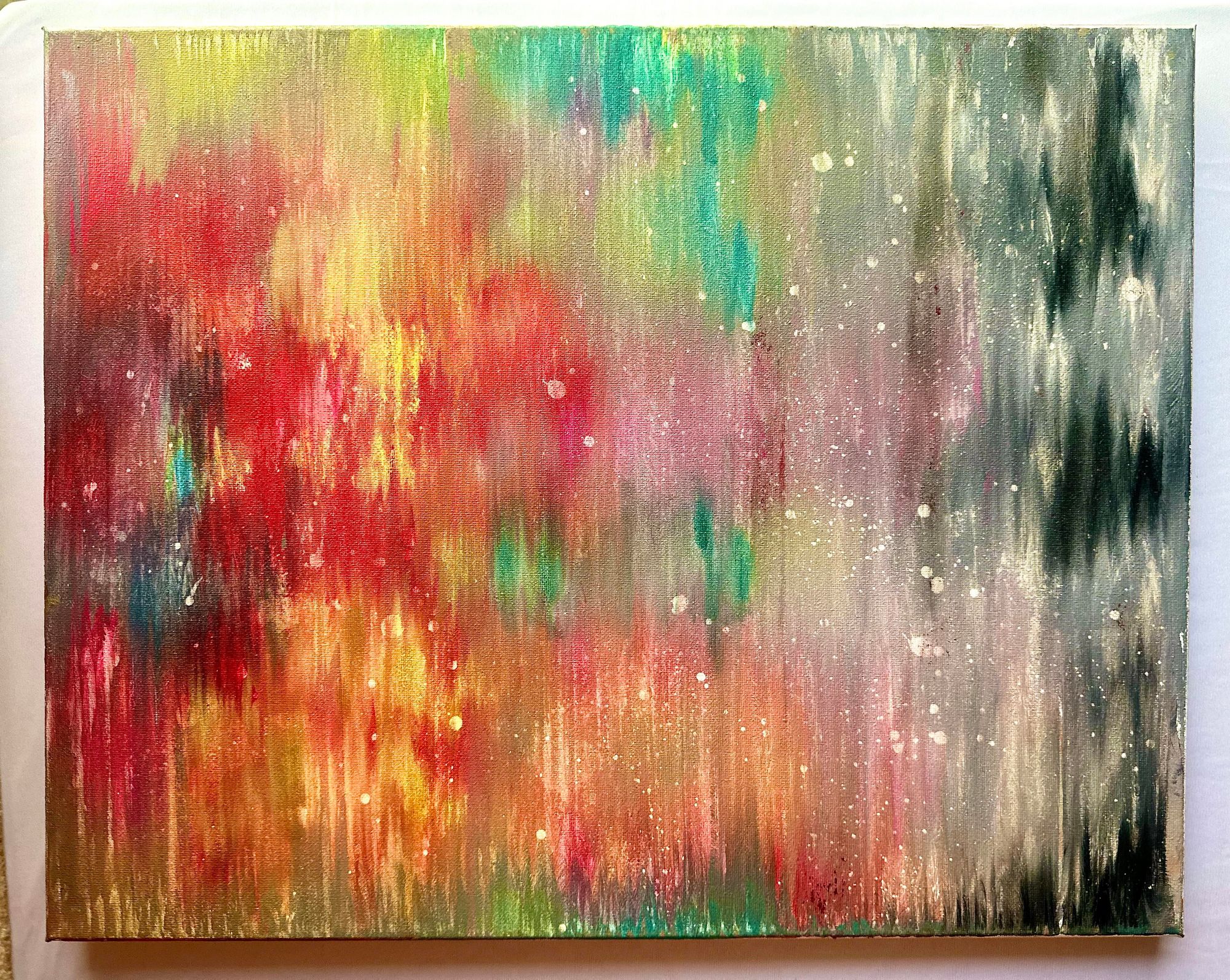
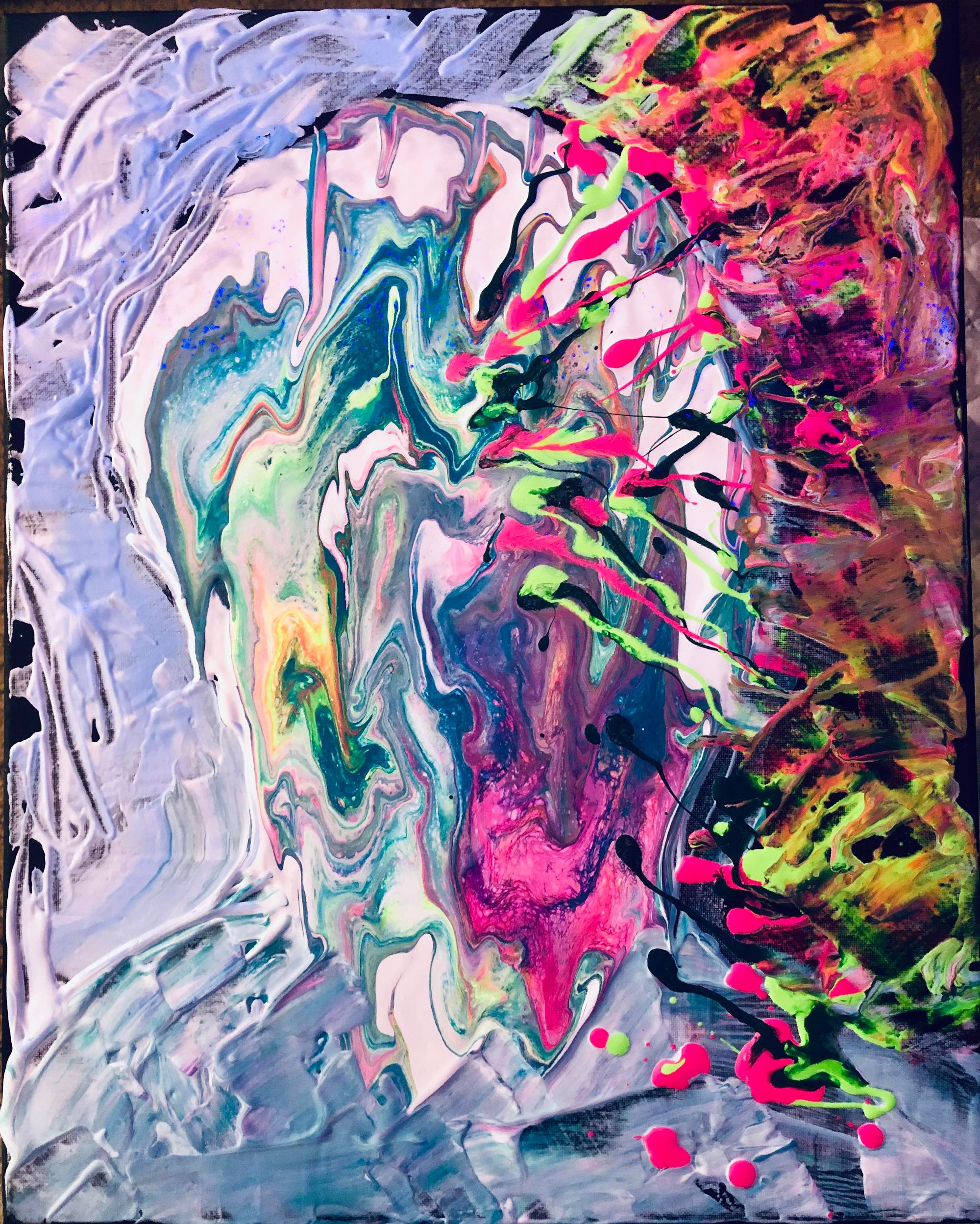
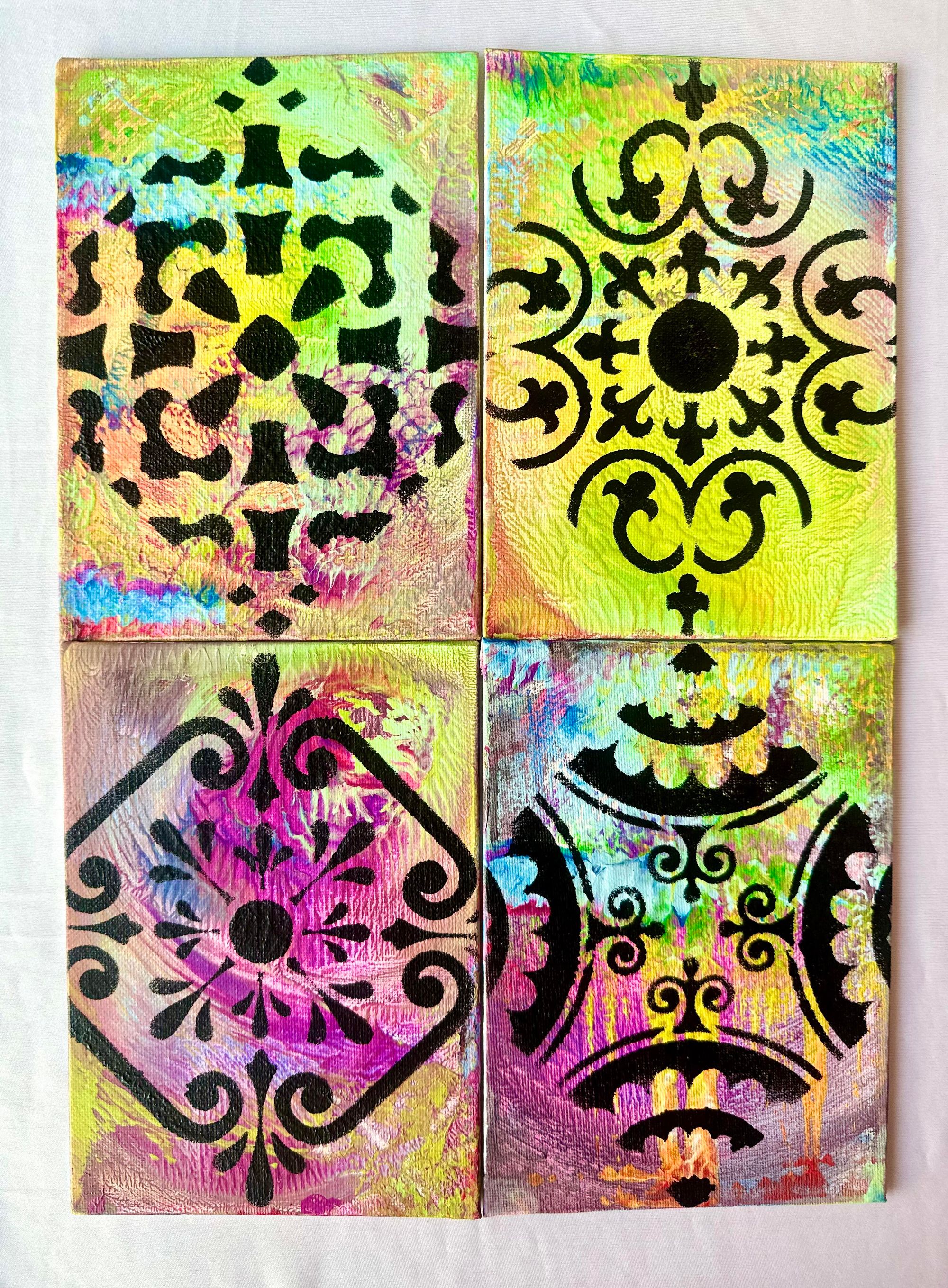
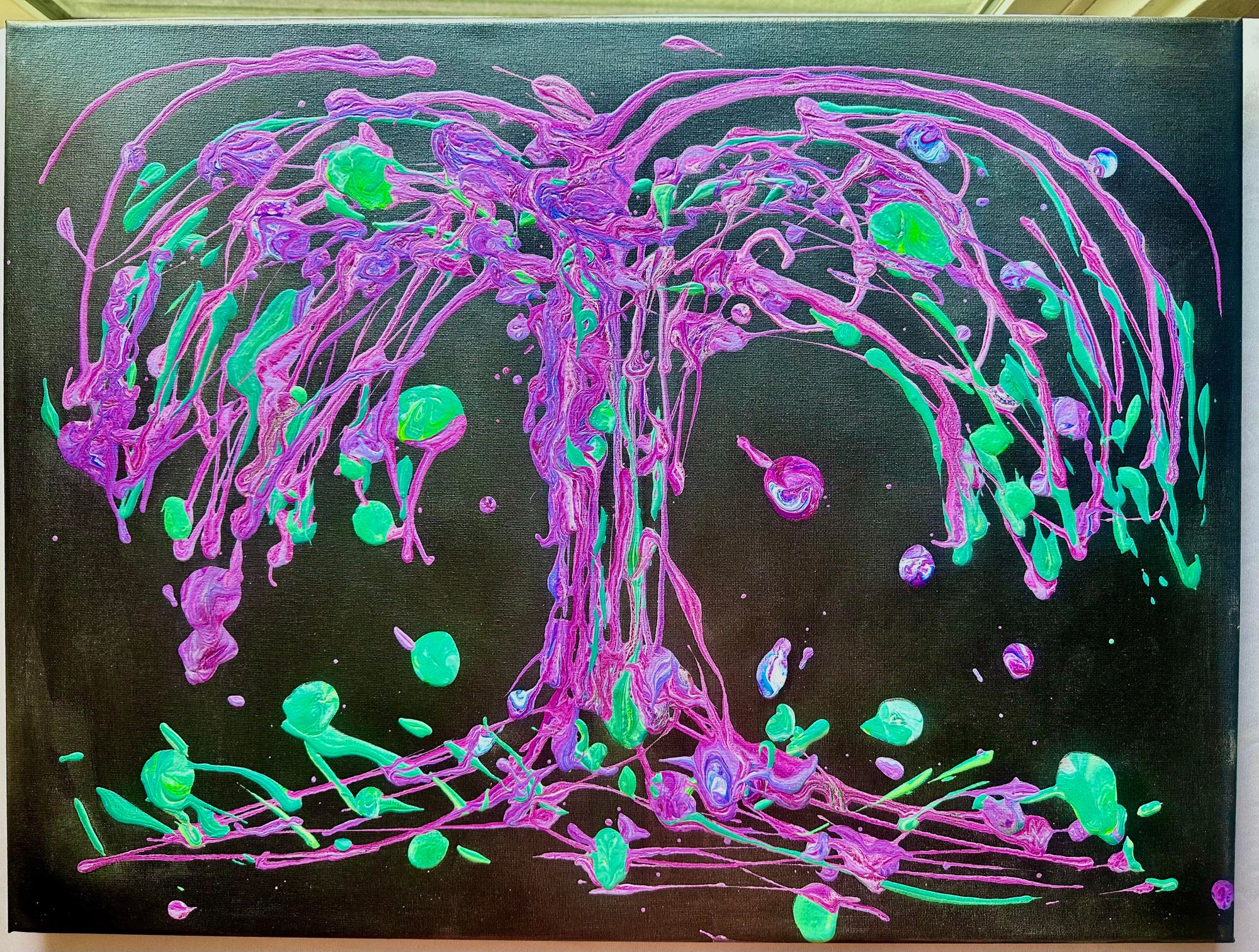
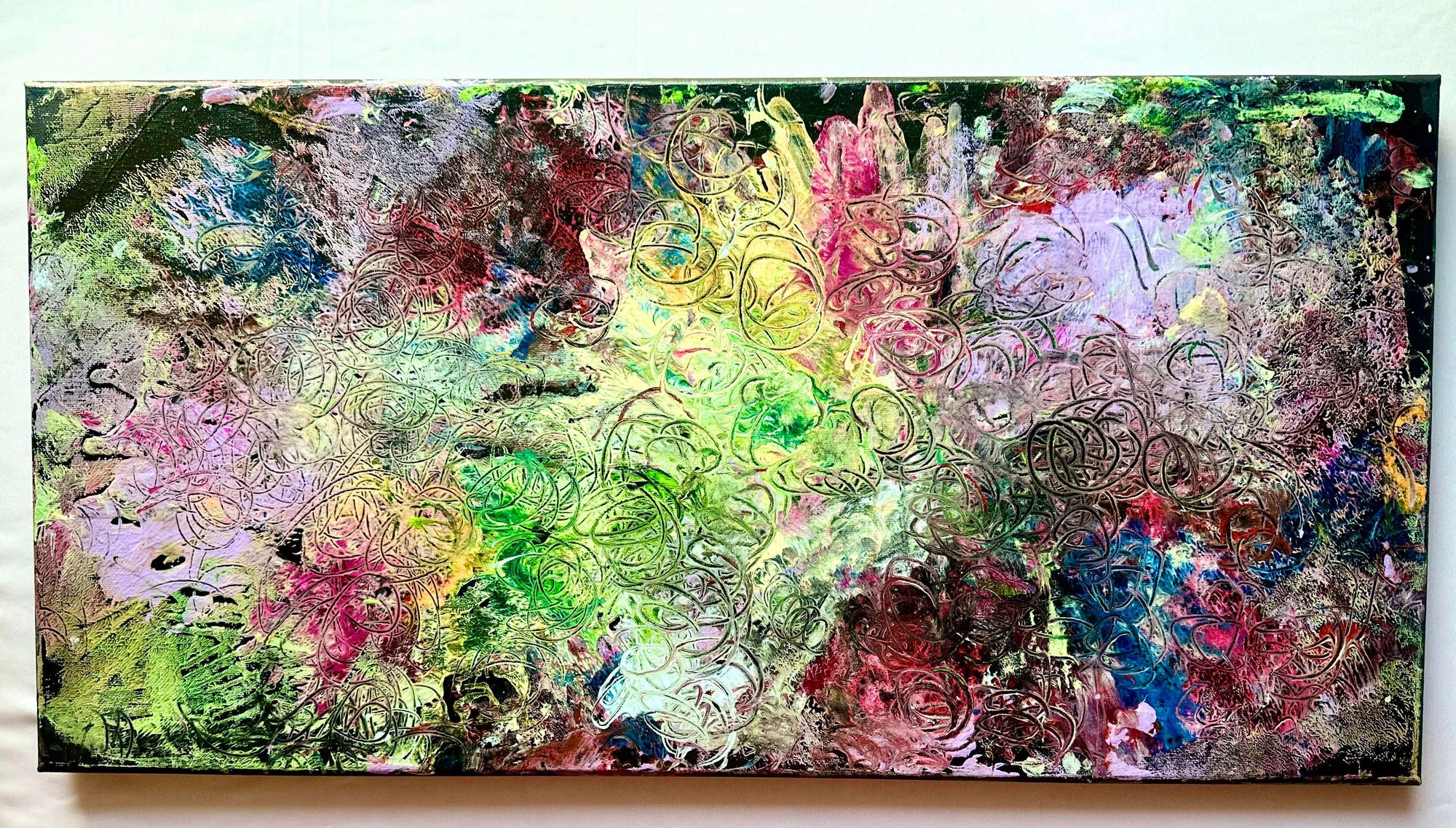
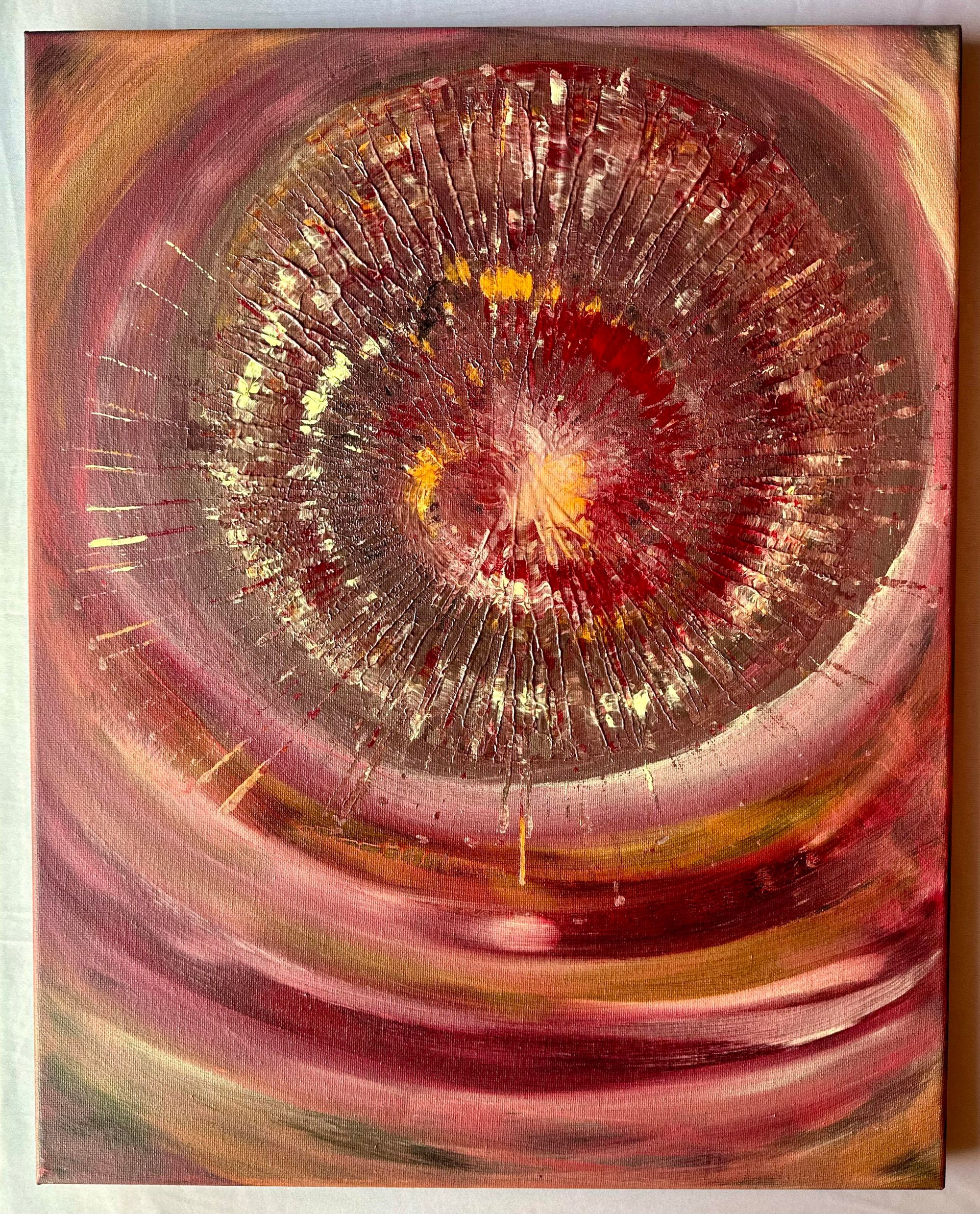
IMAGES CLOCKWISE FROM TOP LEFT: When it Rains / Nancy Peterson; Sound Allergies / Nancy Peterson; Priding in Plain Sight / Nancy Peterson; Family Tree / Nancy Peterson; Dystonic Storm / Nancy Peterson; Burnout / Nancy Peterson
Nancy Peterson is a civil rights activist in Eastern Oregon and Eastern Washington. Due to progressive paralysis from a lifelong neurodegenerative disease, they create art using unconventional materials such as scalpels, prescription bottles, and syringes.
Store:https://www.redbubble.com/people/MxNancyPeterson/shop?
Instagram: mx.nancypeterson
I am not an artist.
I am prescription bottles of paint, scratched and blown onto canvas with hands too paralyzed for paint brushes,
but I am not an artist.
I am body degeneration with a mind for innovation,
glass ceiling unfeeling, bloodied and still moving,
but I am not an artist.
I am $.73 for every $1 wage disparity, marriage inequality, filicide voice cryer for those of us who are taken by “heroes”,
but I am not an artist.
I am stop and smell the roses, but the sounds all have thorns,
family tree sprouting, roots digging, thriving, mother’s heart beating, while legs and arms are twisting,
but I am not an artist.
I am pictures painting 1000 words, when words are all I’ve known.
I am newly emerged and learning,
but I am certainly not an artist.
Ashleigh Rogers is an artist, art instructor, and facilitator in Tri-Cities, Washington. Her work explores the themes of connection and intergenerational stories through experimentation in painting, photography, installation, and sculpture. Ashleigh is passionately dedicated to facilitating accessible arts programming in her community.
Find her on Facebook: fb.com/AshleighRogersArt or Instagram: ashleigh.a.rogers
